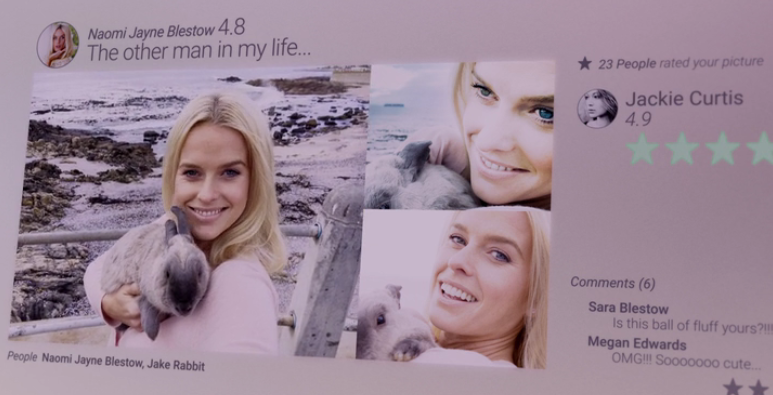Nowadays when "fake news" seems to be a key political talking point, it is important to do research on which news sources are reliable and how we can tell if specific news stories are true.
Business Insider's Pamela Engel wrote an
article summarizing Pew Research Center's study on how liberal or conservative each news source's audience is. Overall, the majority of news sources studied had audiences that were more liberal on the ideological placement scale. The breakdown of each news source's audience ideology can be found in the article and the summary of the study can be found in the image below.
 |
| Summary of Pew Research Center's study found here |
Next, we need to learn how to determine whether or not an article is mostly unbiased, reliable, and trustworthy. Tom Rosenstiel of the
American Press Institute devised a
6-step regimen that we should practice when figuring out who to trust. There are more detail explanations with examples in the article, but here are summaries for each step.
The first step is to determine the type of content that is in the article you are reading such as an opinion piece, news story, or blog article. If it's a news story, analyze the piece for any political slant and research the organization that owns the website or is sponsoring the article. By researching the organization, you are able to determine where their funding is coming from and if they display favor towards that source in published articles.
The second step is to focus on the sources the author used to support their claims in the article. It is necessary to determine if the cited sources are trustworthy in order to know if the article is reliable. If there are no sources, research the author to determine if they are a professional in, primary source of, or eye-witness to what they are writing about. Another reason an article may not have any citations is because the content refers to a public event such as a televised speech.
The third step is similar to the second step in that it involves looking for evidence within the article. Evidence used in an article should refer to specifics and avoid vague phrases such as "scientists agree" to show credibility of the source. The method as to how the author validated the evidence should also be clear within the article.
The fourth step is to analyze the conclusion and whether or not it is well-supported by the evidence presented. All the evidence incorporated into the article should logically support the conclusion; be sure that the author is not drawing ridiculous or far-fetched conclusions from the evidence presented. Authors of trustworthy articles also incorporate opposing viewpoints, what is still unknown, and updates the article when new information becomes available. Exercise skepticism if these elements are not present in the article.
The fifth step focuses on the article's degree of completeness and what is missing. An article should compel you to ask questions and research the answers, but first you should revisit the content to see if you have questions due to poor writing or the information is simply missing. If the answer to your question is unclear or missing, be skeptical of the article and conduct further research. On the other hand, if the article did answer the question later on or why something is missing, consider the article reliable and research more to answer remaining questions.
The sixth and final step is to ask yourself if you are familiar with news that is important to you, interests you, or is a key story in multiple news sources. Knowing what sources to rely on when consuming news can not only save time, but allow you to develop logical, well-supported opinions.
The vast majority of news sources are biased because they are written by people who have or develop an opinion on the subject after researching it. Despite a journalist's best efforts, it is likely that the story will still have a slight biased, but this is okay. It's beneficial and a sign of maturity to listen to or read conflicting perspectives in order to expand your own.
My recommendation on how we should read and watch the news is to follow two sources with opposing opinions and one source that has an audience that is generally mixed in their political ideology. These sources cannot be all mixed, conservative, or liberal or else we run the risk of becoming close-minded. Diversity is essential. Additionally, we need to begin researching an author's sources and what organizations sponsor the article to determine if the article is politically slanted. Open-mindedness and diligent research are the keys to avoid becoming a victim of the fake news epidemic.












